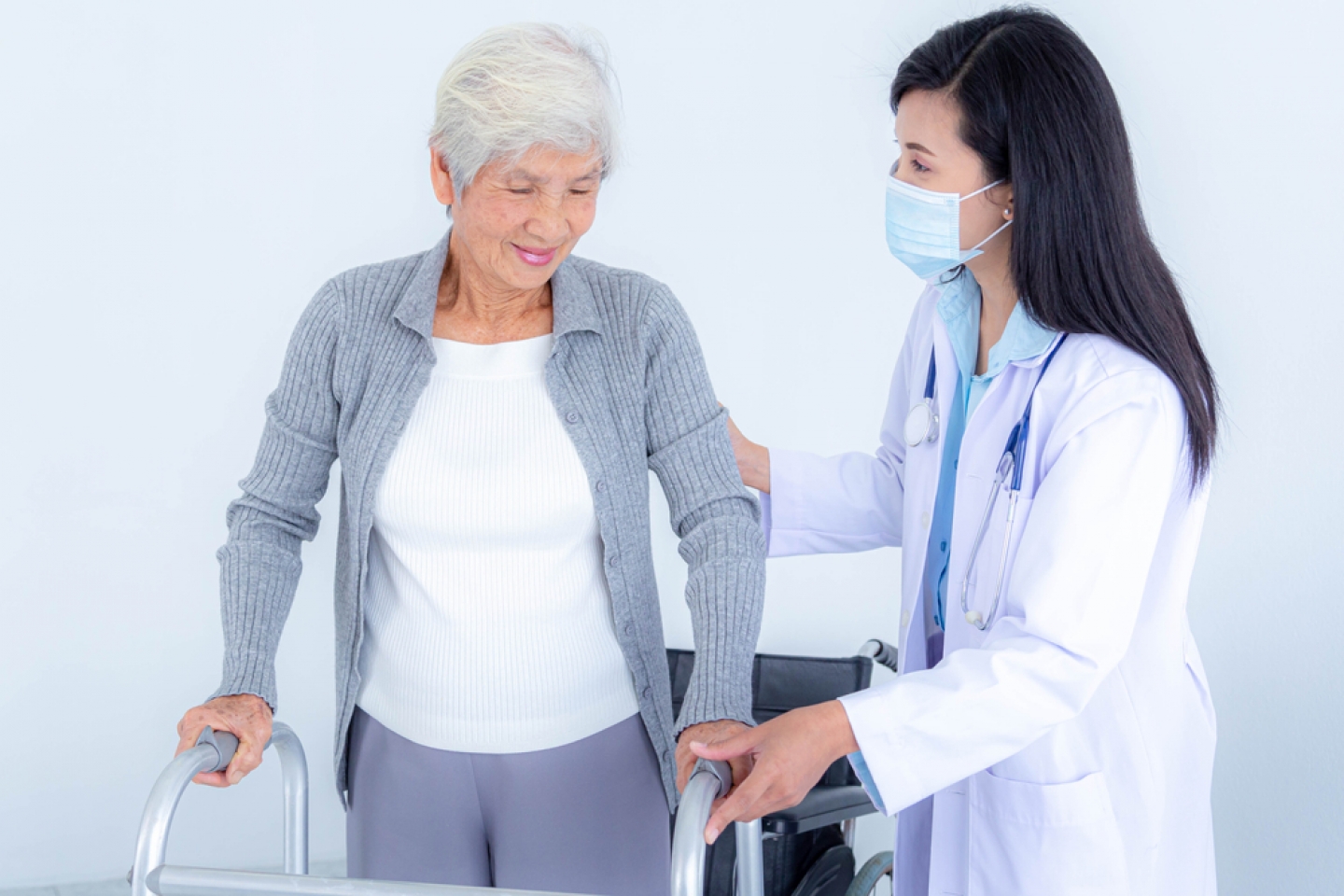
Your brain needs oxygen to function properly, and it receives oxygen in blood. When your brain does not get the oxygen it needs, either because a clot blocks a blood vessel or the vessel bursts, a stroke occurs.
Stroke is the fifth leading cause of death and a leading cause of disability in the United States. Yet, 80 percent of strokes are preventable. The sooner you receive a diagnosis and begin treatment, the greater are your chances for recovery.
The effects of stroke depend on where in the brain it occurs and how much brain tissue sustains damage. For example, a stroke that occurs toward the back of the brain may result in vision problems, whereas a stroke that affects one side of the brain may disrupt neurological function on the opposite side of the body. A small stroke may cause temporary weakness in an arm or leg, while a large stroke may cause loss of speech, or permanent paralysis on one side of the body.
Because the brain controls behavior and emotions, stroke commonly causes cognitive, emotional, or behavioral changes, says Abhishek Jaywant, PhD, Assistant Professor of Neuropsychology. “The most common cognitive change after a stroke is difficulty in ‘executive functions,’ which are the cognitive skills that allow us to effectively hold a lot of information in our minds at once, pay close attention to details, ignore distractions, and multitask,” Dr. Jaywant says.
Another common change after a stroke is in the speed of processing information. “Processing speed is usually slowed down,” Dr. Jaywant says. “Depending on where in the brain the stroke occurs, other skills like language, spatial processing and navigation, and memory can also be affected,” he says.
The most common behavioral effect of stroke is depression. “Post-stroke depression affects one third of stroke survivors and has a huge impact in the ability to return to independent functioning,” Dr. Jaywant says. “It can result in persistent feelings of sadness, loss of interest in enjoyable activities, loss of motivation, change in self-esteem, and negative thoughts about oneself, others, and the world.”
Although there is no single treatment to totally eliminate the cognitive and behavioral effects of stroke, the right combination of timely rehabilitation and support can help many stroke survivors regain their previous abilities and functioning.
“There is a natural recovery and healing process that occurs after a stroke, but we know that recovery is facilitated by intensive rehabilitation,” Dr. Jaywant says. “Rehabilitation requires repeated practice to try and improve a skill that has been negatively affected by a stroke. It also requires learning new strategies and approaches to accomplish everyday activities,” he explains.
For some stroke survivors, cognitive impairment and depression might both result from changes in the same regions of the brain. “At Weill Cornell Medicine, we are planning to study an app-based cognitive training program that targets these brain regions and might improve both executive functioning and depression after stroke,” Dr. Jaywant says. “One promising technique combines cognitive training—repeated practice in improving a cognitive skill through computer-based or app-based games—with coaching to recognize when cognitive difficulties crop up in daily life and developing strategies to manage these difficulties.”
Stroke rehabilitation commonly starts within 24 to 48 hours of the event, often in the hospital and typically includes therapy for cognitive disorders, such as occupational therapy and speech therapy, and sometimes medication. “Treatment with antidepressant medications and psychotherapy can both be helpful for depression,” Dr. Jaywant says. “Although depression can improve naturally over time, it is important to address it, usually with medication and/or psychotherapy,” he adds.
Joining a patient support group may help you adjust to life after a stroke. Talk with your health care team about local support groups or check with an area medical center. Support from family and friends can also help relieve fear and anxiety following a stroke. Let your loved ones know how you feel and what they can do to help you.